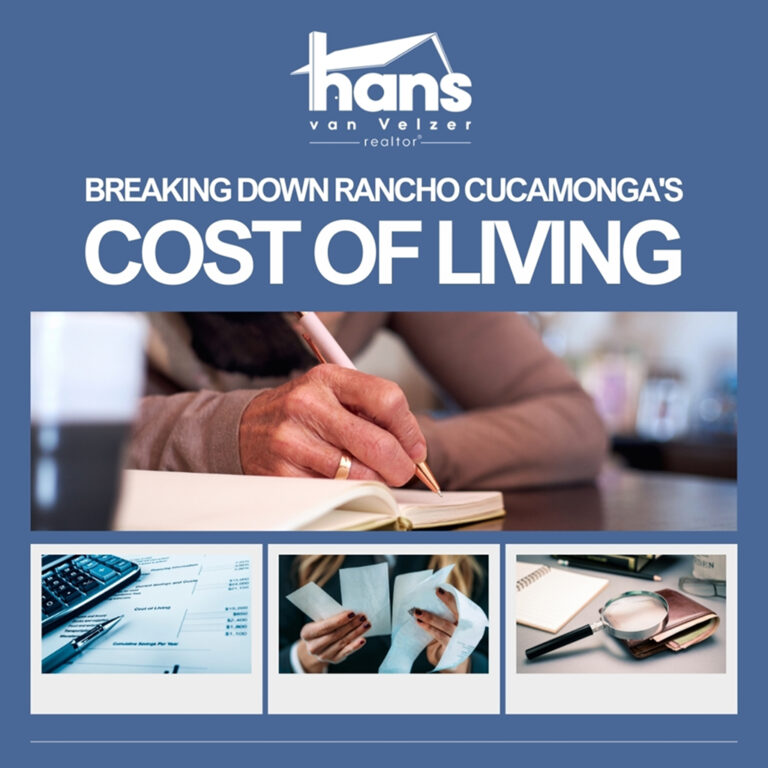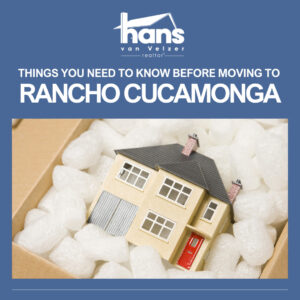As a local realtor, I understand that relocating to a new city involves weighing various factors, with the cost of living ranking high on the list. Whether you’re buying your first home or considering a move to beautiful Rancho Cucamonga, knowing how much you’ll need to spend daily and monthly on essentials is crucial. Let’s break down Rancho Cucamonga’s cost of living, giving you the key data you need to make an informed decision.
Cost of Living Index in Rancho Cucamonga, CA
The Cost of Living Index measures the affordability of essential categories like housing, transportation, groceries, and healthcare. Here’s how Rancho Cucamonga compares to the state and national average:
Cost of Living Index in Rancho Cucamonga, CA
| Expense Category | Rancho Cucamonga Index | U.S. Average Index | California Average Index |
|---|---|---|---|
| Housing | 175 | 100 | 163 |
| Transportation | 122 | 100 | 133 |
| Groceries | 110 | 100 | 113 |
| Healthcare | 98 | 100 | 108 |
| Utilities | 105 | 100 | 108 |
| Overall Cost of Living | 128 | 100 | 142 |
Rancho Cucamonga’s cost of living is comparable to the California average, particularly in housing and utilities. However, Rancho Cucamonga fares slightly better in healthcare and transportation compared to other parts of the state.
Rancho Cucamonga’s overall cost of living index is 28% higher than the national average, with housing being a primary driver of that increase. Below, I’ll walk you through each category to explain what these numbers mean for your budget.

1. Housing Costs in Rancho Cucamonga
Is Rancho Cucamonga expensive when it comes to housing? The answer depends on your perspective. With a housing index of 175, it’s significantly higher than the national average. The median home price in the city is approximately $650,000 to $700,000, influenced by Rancho Cucamonga’s desirable neighborhoods, proximity to outdoor recreation, and access to major job hubs.
For renters, the average rent in Rancho Cucamonga for a two-bedroom apartment is around $2,400 to $2,700 per month. Rental prices vary depending on the area, with upscale neighborhoods such as Victoria Gardens and Alta Loma commanding higher rates.
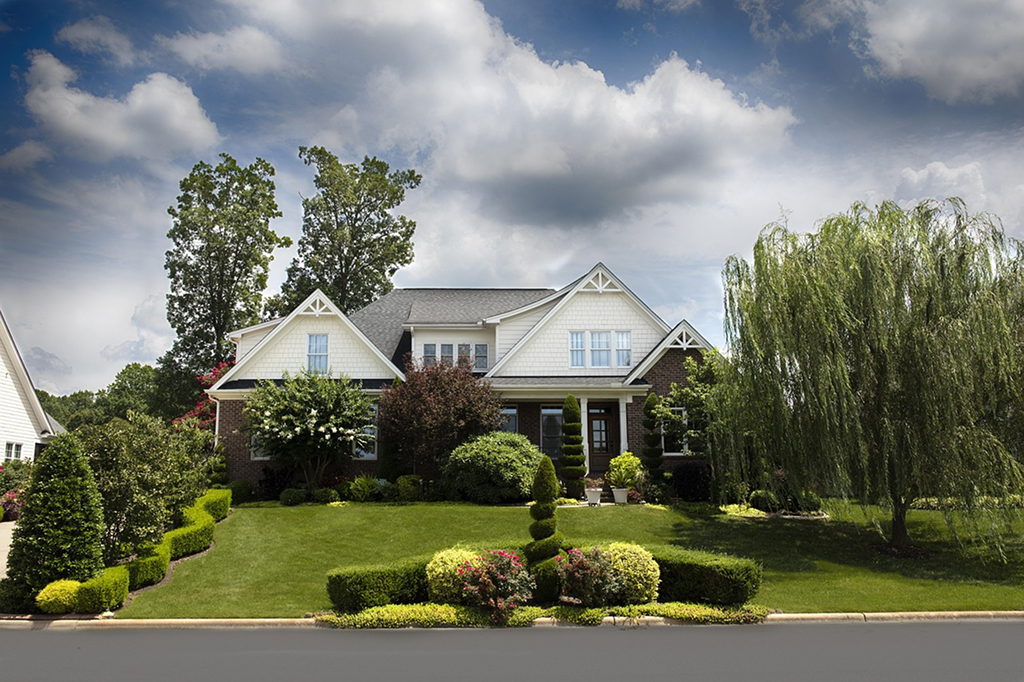
2. Transportation Costs
Rancho Cucamonga has a transportation index of 122, reflecting slightly elevated costs. Factors include rising gas prices, vehicle maintenance, and limited public transit options. While the Metrolink train offers a convenient commute to Los Angeles, most residents rely on personal vehicles.
Expect fuel prices to fluctuate between $4.50 and $5.50 per gallon, with maintenance and insurance premiums also on the higher end for Southern California.
3. Grocery Prices
Groceries in Rancho Cucamonga carry an index of 110, making them about 10% more expensive than the national average. Specialty stores like Trader Joe’s, Sprouts Farmers Market, and Whole Foods cater to residents seeking organic or gourmet options, though they tend to be pricier than standard grocery chains.
For a family of four, monthly grocery costs might range between $600 and $900, depending on shopping habits.

4. Healthcare Costs
Healthcare in Rancho Cucamonga is slightly more affordable than the national average, with an index of 98. Residents have access to high-quality medical facilities, including San Antonio Regional Hospital and various private clinics. Routine doctor visits and prescription costs remain competitive for California standards, making healthcare a relatively manageable expense for families and individuals alike.
5. Utility Costs
Utility costs in Rancho Cucamonga are slightly above the national average, with an index of 105. These costs cover multiple services, including electricity, water, natural gas, internet, and trash collection. Let’s break down the key expenses:
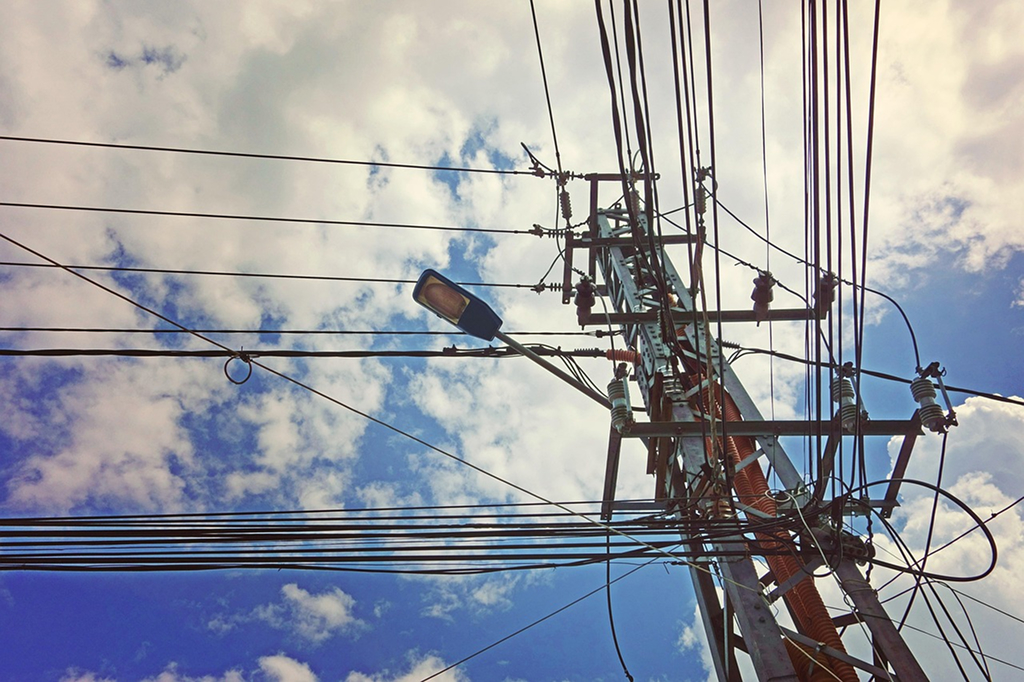
1. Electricity:
Rancho Cucamonga experiences hot summers, with temperatures often exceeding 95°F (35°C). This leads to higher electricity bills, as air conditioning becomes essential. During peak summer months, residents may see their electricity bills range from $200 to $300 or more, depending on home size and air conditioning usage. Southern California Edison offers time-of-use plans and energy-saving rebates to help manage costs. In the cooler months, electricity bills typically drop as the need for A/C declines.
2. Water:
Due to California’s drought-prone environment, water rates in Rancho Cucamonga are structured under a tiered pricing system managed by the Cucamonga Valley Water District. Households using higher volumes of water are charged at a premium to encourage conservation. Monthly water bills can range from $50 to $150, depending on landscaping and household usage. Homes with drought-tolerant landscaping or low-flow fixtures can see significant savings.
3. Natural Gas:
Natural gas is commonly used for heating, cooking, and hot water. Given the city’s mild winters, heating requirements are minimal compared to colder climates, helping to keep natural gas bills relatively moderate. Residents typically spend $30 to $60 per month on natural gas, with higher bills during cooler months when heaters may be used at night.
4. Internet and Cable:
High-speed internet is essential for most households, especially those working remotely. Internet costs from major providers like Spectrum and Frontier average around $60 to $100 per month, depending on speed and bundled services. For households that also opt for cable TV, bundled internet and cable packages may cost $120 to $180 monthly.
5. Trash and Recycling:
Trash collection services in Rancho Cucamonga are handled by the city, with standard monthly rates ranging from $20 to $35 depending on the size of bins and additional recycling or yard waste services. Many residents opt for recycling programs to reduce landfill waste and manage costs.
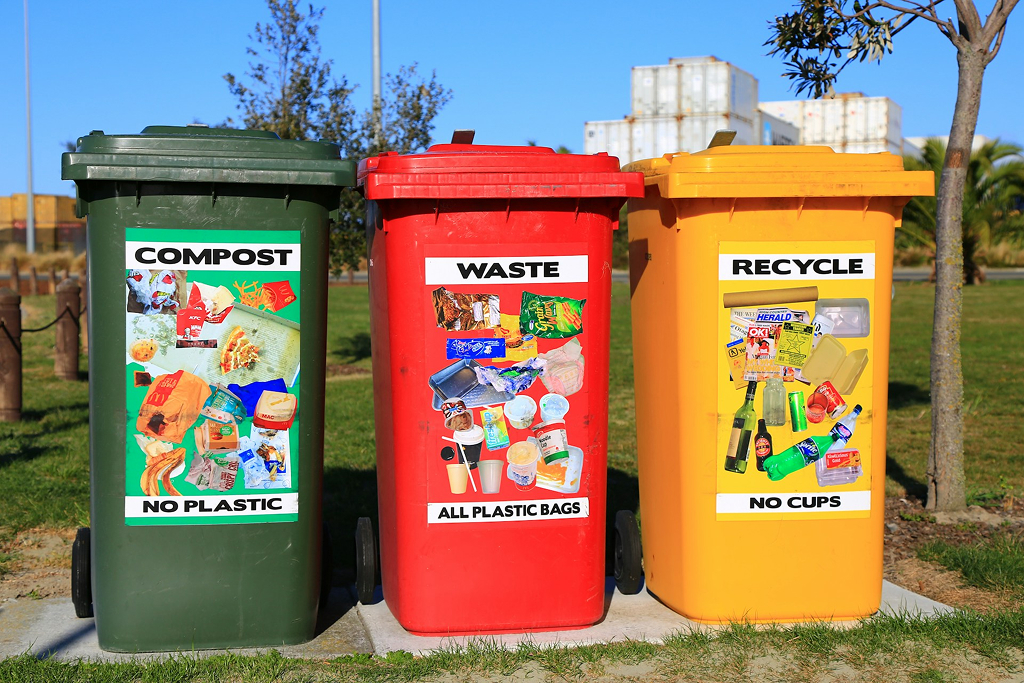
Summary: Key Takeaways for Potential Home Buyers
Rancho Cucamonga offers a high quality of life, but it comes with elevated costs, especially in housing and transportation. Here’s a quick recap for potential buyers:
- Housing: The most significant factor influencing the cost of living, with average home prices around $650,000 and rents averaging $2,400-$2,700.
- Transportation: Gas prices and limited public transit options result in higher transportation costs.
- Groceries: About 10% higher than the national average, particularly for specialty items.
- Healthcare: Slightly below the national average, with access to reputable hospitals and clinics.
- Utilities: Moderate utility expenses, with peak costs during summer.
For those considering relocating, Rancho Cucamonga’s combination of amenities, strong community vibe, and access to schools and parks may justify these costs.
FAQs about the Cost of Living in Rancho Cucamonga
1. Is Rancho Cucamonga expensive to live in?
Yes, Rancho Cucamonga is more expensive than many U.S. cities, with a cost of living 28% higher than the national average. Housing is the primary factor driving this increase, but other categories like transportation and groceries also contribute.
2. What is the average rent in Rancho Cucamonga?
The average rent for a two-bedroom apartment is around $2,400 to $2,700. Upscale neighborhoods may have higher rates, while smaller or less-central areas may offer lower-priced rentals.
3. How much do groceries cost in Rancho Cucamonga?
Grocery prices are about 10% higher than the national average. Families can expect to spend between $600 and $900 monthly, depending on their shopping preferences.
4. Are utilities expensive in Rancho Cucamonga?
Utility costs are moderate, with an index of 105. Air conditioning during the summer months can cause higher electricity bills, sometimes exceeding $200 per month.
5. How does Rancho Cucamonga’s cost of living compare to Los Angeles?
Rancho Cucamonga’s cost of living is generally lower than Los Angeles, particularly in housing prices. However, it still ranks high compared to national averages due to its desirable location and amenities.
Is healthcare affordable in Rancho Cucamonga?
Yes, healthcare is slightly more affordable than the national average, with numerous medical facilities providing quality care at competitive prices.
By understanding the costs associated with living in Rancho Cucamonga, you can plan your finances with confidence. If you have more questions or need guidance on buying or renting a home in this vibrant community, reach out to me, your local real estate expert. I’m here to help make your move as seamless as possible!
